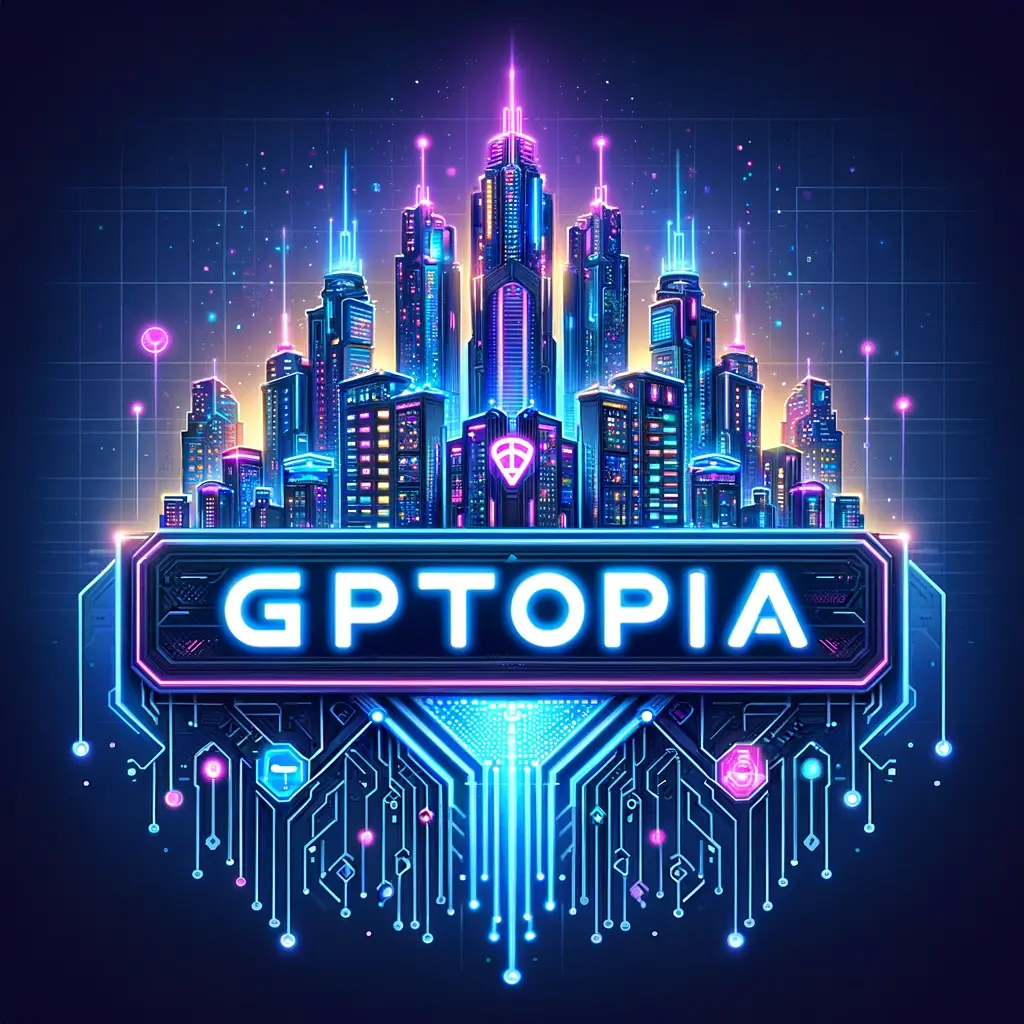complete article index can be found at
https://ideabrella.com/papers/articles
Agentic Workflows : ZEN 💡
·
Here is the text with only <br> tags for line breaks and without the use of <li> or <strong> tags for simplicity:
Harnessing AI Agents for Modular and Fractal Task Management<br>
In an era where artificial intelligence (AI) is seamlessly integrated into human workflows, the concept of agentic workflows emerges as a powerful paradigm.<br>
Agentic workflows refer to the strategic orchestration of AI agents—ranging from those with distinct personas to those serving purely as tools—to achieve complex tasks.<br>
This approach involves managing a dynamic ecosystem of AI agents, working either in series or parallel, to execute tasks with modular precision and fractal scalability.<br><br>
The Essence of Agentic Workflows<br><br>
What Are Agentic Workflows?<br><br>
Agentic workflows are structured methodologies that leverage AI agents to perform, coordinate, and optimize tasks.<br>
These workflows rely on:<br>
Human-AI Collaboration: Combining human intuition and oversight with AI efficiency and capability.<br>
Modularity: Breaking down tasks into discrete, manageable units, each potentially handled by its own AI agent.<br>
Fractal Scalability: Designing workflows that can zoom in to individual task components or scale out to encompass larger objectives.<br>
Dynamic Orchestration: Adapting workflows in real-time to optimize for changing needs, priorities, or constraints.<br><br>
The Role of AI Agents<br><br>
AI agents in these workflows can take various forms, such as:<br>
Persona-Based Agents: AI tools designed to mimic specific roles or personalities (e.g., a creative writer, a legal advisor).<br>
Utility-Driven Tools: Purpose-built AI models optimized for specific functions (e.g., data analysis, coding assistance).<br>
Hybrid Agents: Combining personas and utilities, tailored to nuanced, multifaceted tasks.<br><br>
Key Components of Agentic Workflows<br><br>
Modular Design<br><br>
Tasks are broken into smaller, self-contained modules, each with clearly defined inputs, outputs, and objectives. This design principle ensures:<br>
Clarity: Each module’s purpose is unambiguous.<br>
Interchangeability: Modules can be replaced, upgraded, or repurposed without disrupting the entire workflow.<br>
Scalability: Complex tasks can be decomposed and recomposed with ease.<br><br>
Parallel and Serial Operations<br><br>
Depending on the requirements, tasks may be:<br>
Run in Parallel: Multiple AI agents work simultaneously to tackle independent components, accelerating outcomes.<br>
Run in Series: AI agents sequentially handle interdependent tasks, ensuring a logical flow of operations.<br><br>
Hierarchical Breakdown and Zooming<br><br>
Agentic workflows operate on a fractal principle:<br>
Macro Level: High-level objectives are divided into major phases or milestones.<br>
Micro Level: Each phase is further broken down into sub-tasks, with individual agents managing these finer details.<br><br>
Agent Deployment and Orchestration<br><br>
Selection: Choosing the right AI agents based on task requirements.<br>
Coordination: Ensuring seamless communication and data exchange between agents.<br>
Adaptation: Dynamically adjusting workflows to leverage new insights or technologies.<br><br>
The Workflow Lifecycle<br><br>
Phase 1: Planning and Strategy<br><br>
Objective Definition: Clearly outline goals and desired outcomes.<br>
Agent Identification: Select AI agents with the appropriate capabilities.<br>
Workflow Design: Map out the sequence of tasks, including decision points and contingencies.<br><br>
Phase 2: Execution and Monitoring<br><br>
Task Assignment: Deploy agents to specific modules.<br>
Real-Time Feedback: Monitor agent performance and provide human oversight as necessary.<br>
Iterative Optimization: Adjust workflows based on intermediate results.<br><br>
Phase 3: Evaluation and Iteration<br><br>
Outcome Analysis: Assess the success of the workflow in achieving objectives.<br>
Workflow Refinement: Incorporate lessons learned to improve future iterations.<br>
Knowledge Sharing: Document insights and best practices.<br><br>
Advanced Strategies for Agentic Workflows<br><br>
Persona-Driven Collaboration<br><br>
Developing AI agents with tailored personas can enhance communication and task alignment. For instance:<br>
A "Creative Director" persona can generate innovative ideas and designs.<br>
An "Analytical Strategist" persona can provide data-driven insights.<br><br>
Swarm Intelligence<br><br>
By orchestrating a swarm of specialized agents, workflows can:<br>
Solve complex problems collaboratively.<br>
Generate diverse perspectives and solutions.<br>
Scale across multiple domains simultaneously.<br><br>
Continuous Learning and Adaptation<br><br>
Integrating machine learning models that evolve with use ensures that workflows remain relevant and effective over time. This involves:<br>
Training agents on new datasets.<br>
Incorporating user feedback into agent behavior.<br>
Experimenting with novel workflow configurations.<br><br>
Ethical Considerations<br><br>
Transparency and Accountability<br><br>
Ensuring that AI agents operate within ethical boundaries.<br>
Maintaining human oversight to prevent unintended consequences.<br><br>
Bias Mitigation<br><br>
Regularly auditing AI agents for bias in data, algorithms, and outcomes.<br><br>
Data Privacy<br><br>
Protecting sensitive information handled by AI agents.<br><br>
Future Directions<br><br>
The evolution of agentic workflows will likely include:<br>
Greater Personalization: Developing highly customized agents for niche tasks.<br>
Enhanced Interoperability: Creating platforms that enable seamless integration of diverse AI tools.<br>
Increased Autonomy: Enabling agents to make more complex decisions independently, guided by ethical frameworks.<br><br>
Conclusion<br><br>
Agentic workflows represent a transformative approach to human-AI collaboration.<br>
By leveraging modularity, fractal scalability, and dynamic orchestration, these workflows empower individuals and organizations to achieve unprecedented efficiency and creativity.<br>
As AI technologies continue to evolve, the potential for agentic workflows to reshape the way we work and innovate will only expand.<br>









